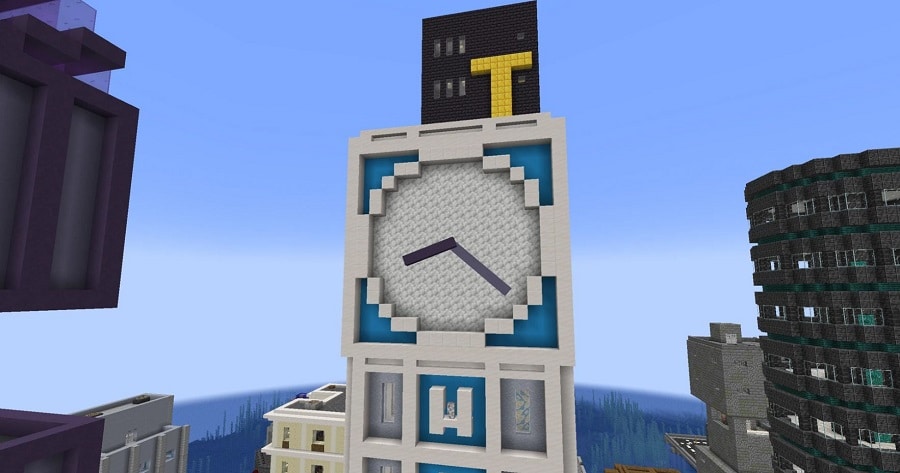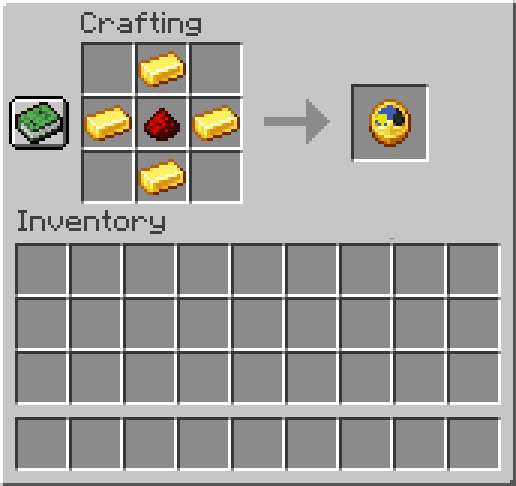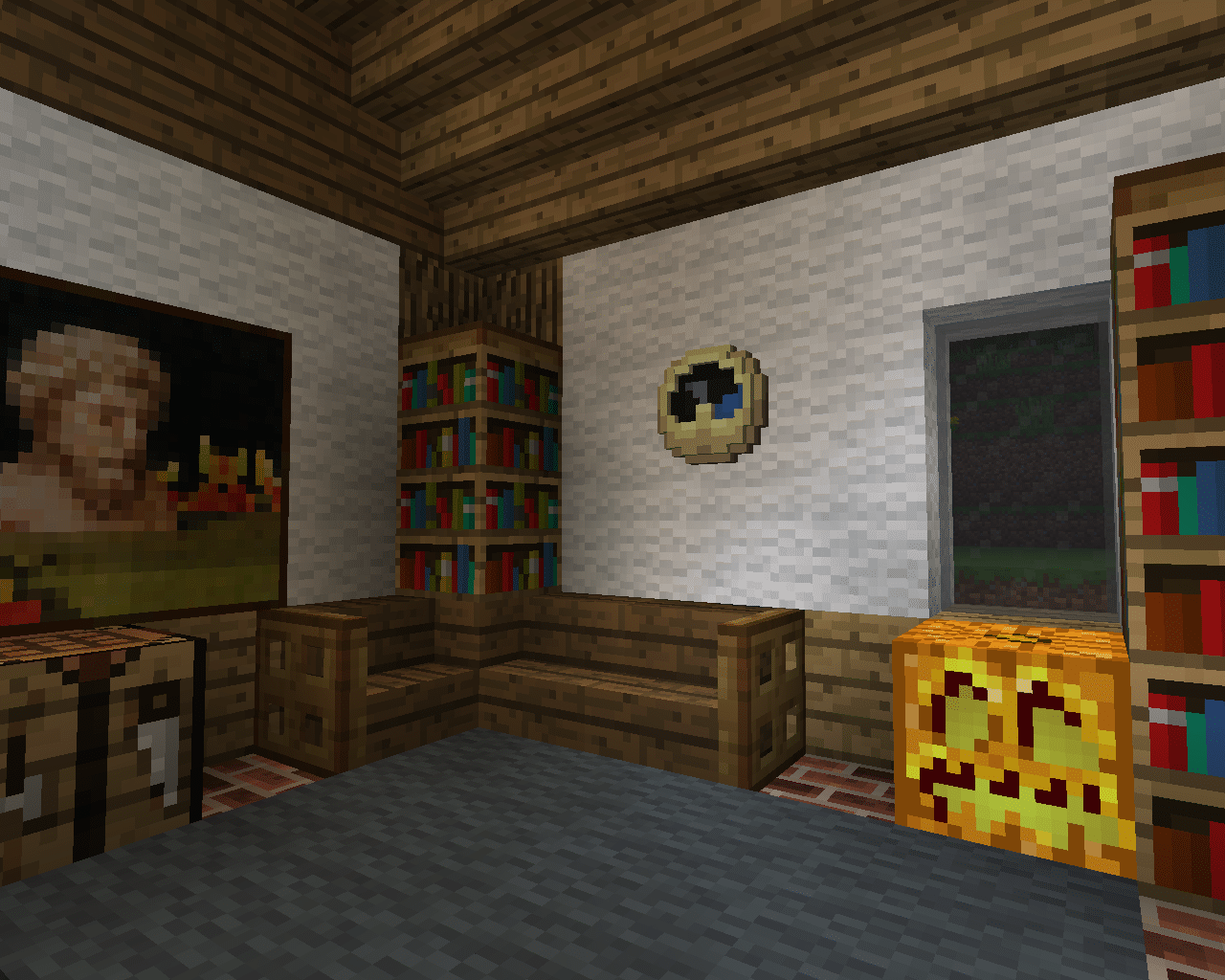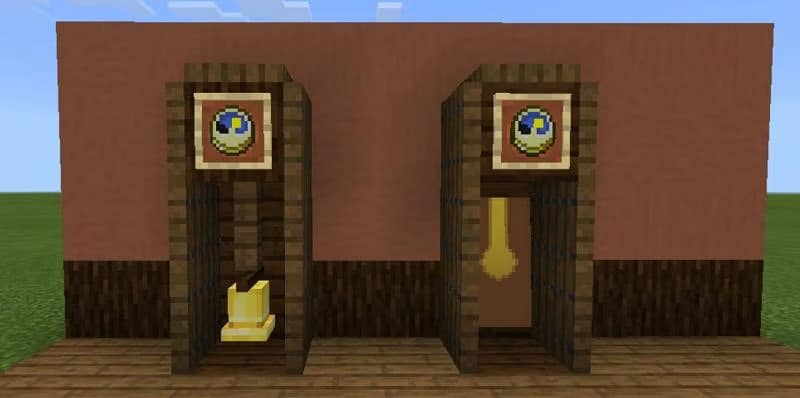Clocks are useful redstone builds that can act as timing mechanisms in Minecraft. Using redstone components like repeaters, torches, and dust, players can create circuits that output a continuous pulse at regular intervals. This pulse can be used to control all kinds of devices and contraptions.
Knowing how to build clocks enables more complex Redstone projects like farms, rail systems, and security devices. Clocks are also fun to experiment with and can be challenging to build compact or unique designs. Whether you’re a beginner with Redstone or an expert, understanding clock designs is essential.
Many different types of clocks can be built in Minecraft. Some very simple clocks require only a few redstone dust or torches. More complex clocks involve item hoppers, daylight sensors, and other components for finer control.
Clocks were first introduced in the Minecraft 1.5 Redstone update, allowing players to tell time in-game. They are useful for timing events, regulating automated farms, and more. In this comprehensive guide, I’ll cover everything you need to know about crafting, placing, and utilizing clocks in your Minecraft world.
Minecraft Versions Where Clocks Are Available

Clocks are available in all Minecraft versions from 1.5 onwards. Here’s a quick table showing clock availability:
| Minecraft Version | Clocks Available? |
| 1.5+ | Yes |
| 1.4 and lower | No |
Materials Needed to Craft a Minecraft Clock
Crafting a clock in Minecraft simply requires:
- 4 gold ingots
- 1 redstone dust
That’s all you need to make a working clock! Having these basic materials on hand will let you start building clocks for your world.
How to Make a Clock in Minecraft
To craft a clock, place the materials in the following arrangement on a crafting table:
- Put the 4 gold ingots in the corners of the crafting grid
- Place the Redstone dust in the very center
This will output a brand-new clock in the results box! It’s that easy to craft.
Step 1: Open Crafting Table
Access a crafting table and open the 3×3 crafting grid. This can be done by clicking on a crafting table block or accessing your personal crafting menu.
Step 2: Add Gold Ingots
Place 1 gold ingot in each of the 4 corners of the crafting grid.
Step 3: Add Redstone Dust

Place the Redstone dust in the very center square of the crafting grid.
Step 4: Move Clock to Inventory
This will complete the recipe and output a clock in the box to the right. Move it from there into your personal inventory.
Step 5: Place the Clock
You can now place the clock in the world or hold it to view the current in-game time.
And that’s it! Follow these 6 simple steps to craft a functioning clock in Minecraft. You can now use it to tell time in your world.
How to Read the Minecraft Clock
The Minecraft clock will display the current in-game time when placed or held. The time shown is based on the day/night cycle. Here’s what the clock hands indicate:
- 6 AM – Sunrise
- 7 AM to 5 PM – Daytime
- 6 PM – Sunset
- 7 PM to 5 AM – Nighttime
- 6 AM again – Sunrise
So, reading the clock hands will let you know if it’s day or night. This can help when planning events or projects in your Minecraft world.
Mounting Clocks on Walls and Surfaces

Clocks can be placed on any surface just like other blocks and items. But to nicely mount them on a wall like a real-world clock, you need to:
- Place a block on the wall where you want the clock (stone, wood, etc.)
- Use a pickaxe to carve out the center portion of the block
- Place the clock in the carved-out portion
This will make the clock fit right into the indent in the wall, holding it in place. You now have a nice wall clock to help keep track of time!
Controlling Time With Commands
Operators can use commands in singleplayer or multiplayer servers to control the time of day. Useful clock commands include:
/time set day – Sets time to 1000 ticks (daytime)
/time set night – Sets time to 13000 ticks (nighttime)
/time set 6000 – Sets a specific time, 6000 ticks = midday
This makes it easy to configure daylight cycles on command for different versions of Minecraft.
Uses of Clocks in Minecraft

Here are some of the most common and useful applications of clocks in Minecraft:
- Timing events – Use clocks to schedule meetings and coordinate events with other players.
- Automated farm regulation – Clocks can trigger harvesters, water flows, and more at specific times.
- Alarm systems – Set up clocks to activate at certain times for alarm mechanisms and security.
- Machinery timing – Regulate the timing of Redstone machinery with clock pulses.
- Decorative – Place clocks around a building to add nice décor and ambiance.
So clocks have plenty of uses beyond just checking the in-game time. Please take advantage of them in your builds and redstone contraptions.
Tips and Tricks Here are some tips to help build better clocks in Minecraft:
- Manage lag – High-speed clocks with lots of redstone can sometimes lag servers. Optimize your clocks to prevent this.
- Build compact – Stack components vertically and use slabs and stairs to condense the footprint.
- Tune the pulse – Adjust repeaters, torches, and dust lengths to fine-tune speeds.
- Multiplayer – Clocks may not work consistently when no players are online. Consider this.
- Use blocks – Note blocks, daylight sensors, and hoppers each have unique interactions to exploit.
- Label and organize – Color code and label different clock components for easier understanding.
Following redstone principles and these tips, you can build clocks in Minecraft ranging from simple to complex, with many practical uses.
More Advanced Clock Circuits
For Redstone engineers, there are lots of options to build more complex clock circuits by combining repeaters, redstone dust, comparators, and other components. Here are some advanced clock designs to try:
- Item clock – Use a hopper/dropper loop to create clock pulses.
- Daylight sensor clock – Use daylight sensors to create variable speed clocks.
- Analog clock – Use complex logic to build analog clocks showing real-world style time.
- Random pulse clock – Use randomness to generate unpredictable clock pulses.
The possibilities are endless! Experiment and have fun with different clock circuit designs.
Conclusion
I hope this tutorial provided you with a comprehensive overview of everything you need to start crafting and utilizing clocks in your Minecraft builds. From the basic materials to advanced redstone options, you should now have the knowledge to put clocks to work in your world. Happy building!
Source: Security Feed

